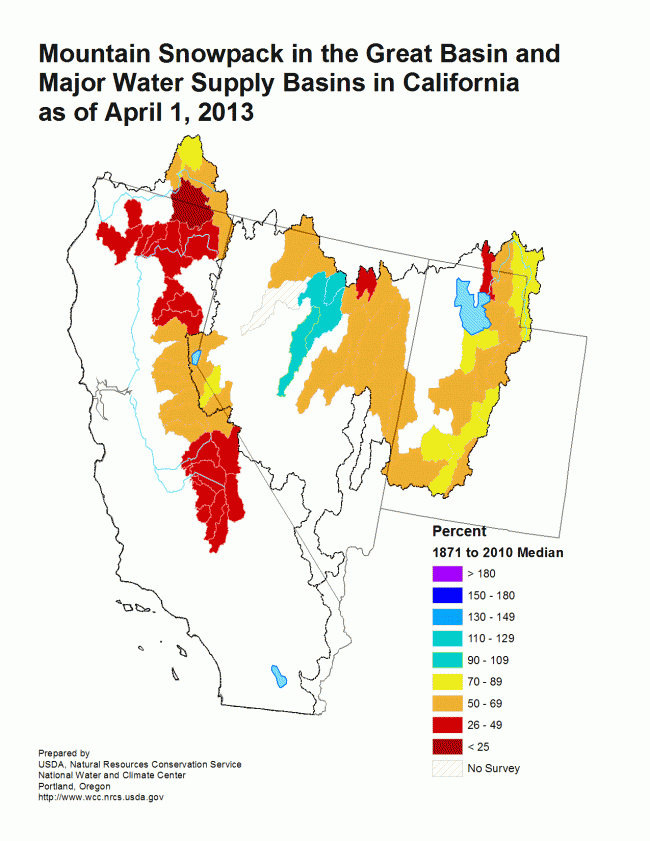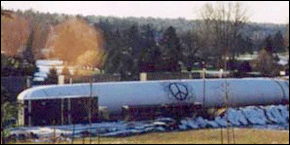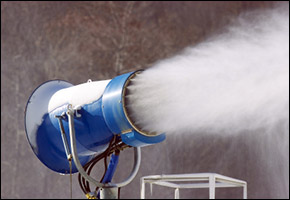Looking To Buy: Dry Year Means Higher Prices on California’s Water Market
Scarce surface water supplies will lead to an active market, research firm says.

With the snowpack just half of normal and with water supplies being cut across the state, prices for one-year water transfers in California are likely to rise by 35 to 40 percent this year, according to forecasts from WestWater Research, a market research firm.
The projections are based on current allocations from state and federal water-supply projects, said Matt Payne, an analyst with WestWater Research.
Last month, the California Department of Water Resources announced that water deliveries through the State Water Project would be just 35 percent of what contractors requested. That same day, the federal Bureau of Reclamation cut deliveries from the Central Valley Project. Farmers south of the Sacramento-San Joaquin Delta will get just 20 of their contracted supply this year.
“Historically, this year looks a lot like 2007, which was the first year in an extended drought,” Payne told Circle of Blue.
That year was also filled with sometimes vicious political rhetoric from the Central Valley, a major agricultural region. Politicians and farmers claimed that environmental restrictions limiting the amount of water that was pumped through the Delta valued fish over farmers.
And some Central Valley counties did have steep drops in agriculture, according to a Pacific Institute report on the effects of the 2007-2009 drought. For instance, agricultural revenue in Kings County fell by 19 percent. But others did better: nearby Fresno County saw farm revenues rise by 2 percent during the drought years.
An Active Market in 2013
Payne said that all sectors will be looking to buy in 2013.
“In dry years, farmers become active in the market, especially high-value agriculture,” Payne said, referring to premium crops such as almonds and avocados. “Cities will look to shore up their supplies.”
Agriculture is most vulnerable to a drought, said Ellen Hanak of the Public Policy Institute of California during a State Senate hearing in March. But agriculture comprises no more than two percent of the state’s economy, she added, meaning that the pain will be acute in some areas, but not broadly felt.
–Matt Payne, analyst
WestWater Research
“One key reason why the economy is fairly resilient to drought is because a lot of the economic activity is in the urban sector, which is not that reliant on large quantities of water as a production input,” Hanak said. The state’s water-management infrastructure — including markets, groundwater banking, and wastewater recycling — help it to survive the nasty water constraints of a drought.
Even so, Payne said that prices could rise even higher in 2014 or 2015 if the drought lingers.
California has the nation’s largest water market by volume, according to a December 2012 report from the Western Governors’ Association.
Read more from Circle of Blue about how water markets are succeeding in Australia.
Brett writes about agriculture, energy, infrastructure, and the politics and economics of water in the United States. He also writes the Federal Water Tap, Circle of Blue’s weekly digest of U.S. government water news. He is the winner of two Society of Environmental Journalists reporting awards, one of the top honors in American environmental journalism: first place for explanatory reporting for a series on septic system pollution in the United States(2016) and third place for beat reporting in a small market (2014). He received the Sierra Club’s Distinguished Service Award in 2018. Brett lives in Seattle, where he hikes the mountains and bakes pies. Contact Brett Walton








Leave a Reply
Want to join the discussion?Feel free to contribute!